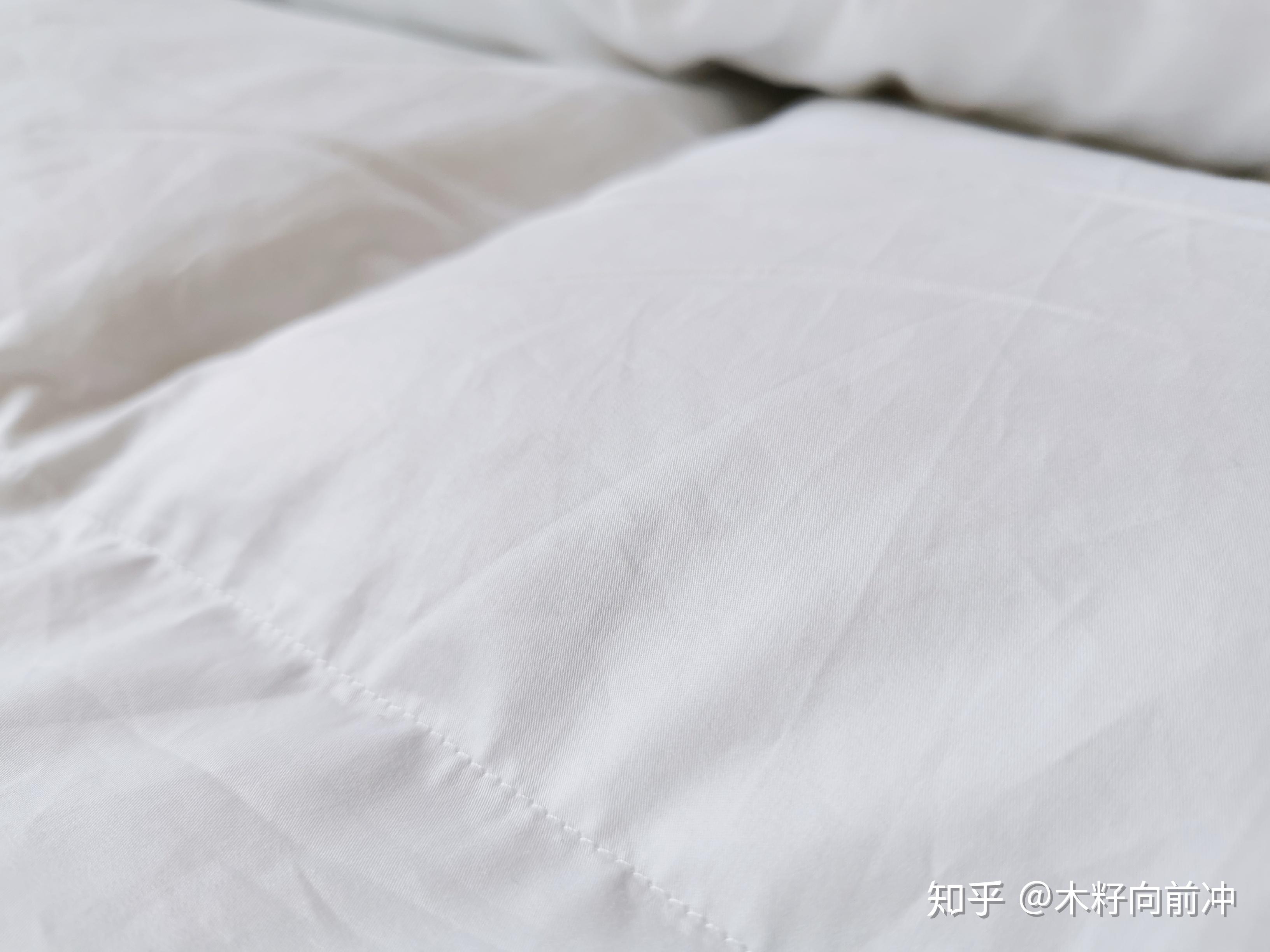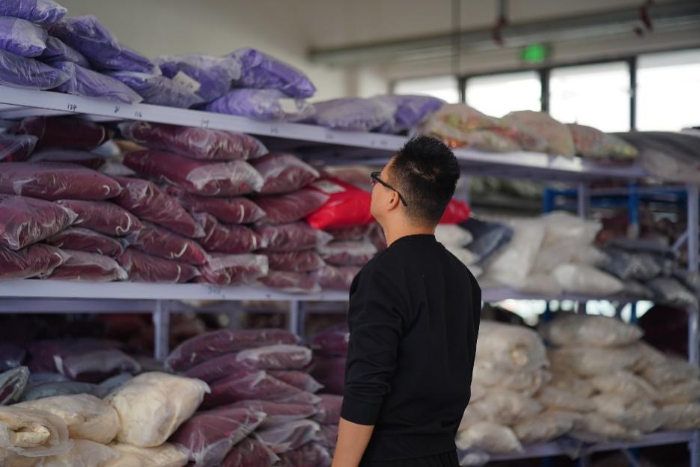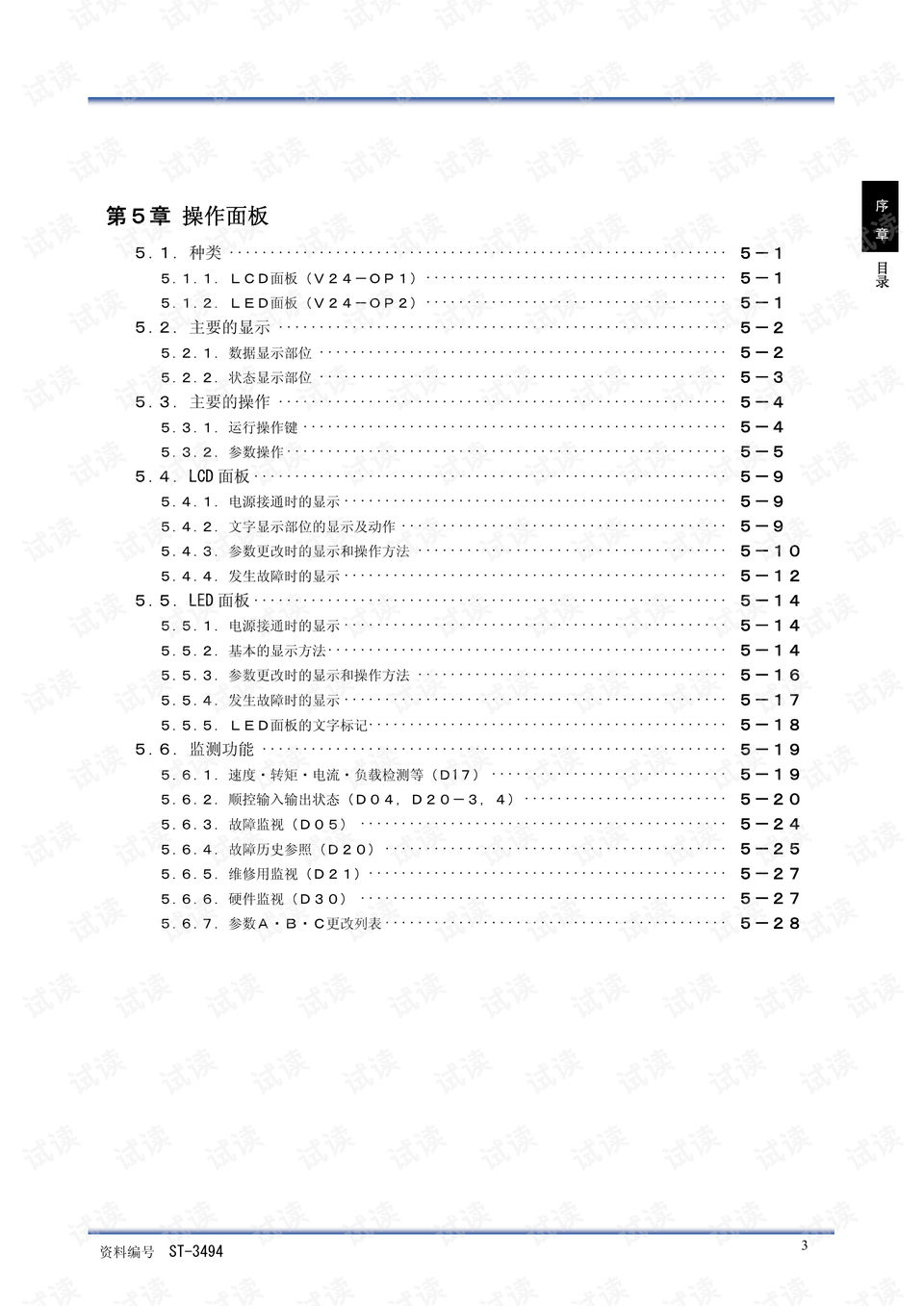Title: Crafting a Cobweb Scarf: The Art of Knitting Without Tools
Crafting a Cobweb Scarf: The Art of Knitting Without ToolsAbstract:In the realm of crafting, the art of knitting has long been a treasured hobby and a means of creative expression. Traditionithout the aid of traditional tools, this method of crafting is not only unique in its execution, but also in its results. The cobweb scarf, so named for its delicate, web-like pattern, is both lightweight and warm, making it a highly desired item among crafters. This article explores the history, technique, and appeal of crafting a cobweb scarf without the use of tools, highlighting its role as a symbol of creativity and resilience.
In the realm of DIY crafts, the art of knitting has long been a prized skill, often requiring a degree of patience and precision. However, what if we told you that it's possible to create a stunning scarf without the need for any tools? It might sound far-fetched, but with a little practice and know-how, you'll be crafting like a pro in no time.
At its core, knitting is all about creating patterns by looping and intertwining yarn. While traditional knitting needles are efficient for this task, they're not the only means to an end. In fact, your hands and fingers can serve as your own personal knitting tools, allowing you to create beautiful scarves without the need for any additional equipment.
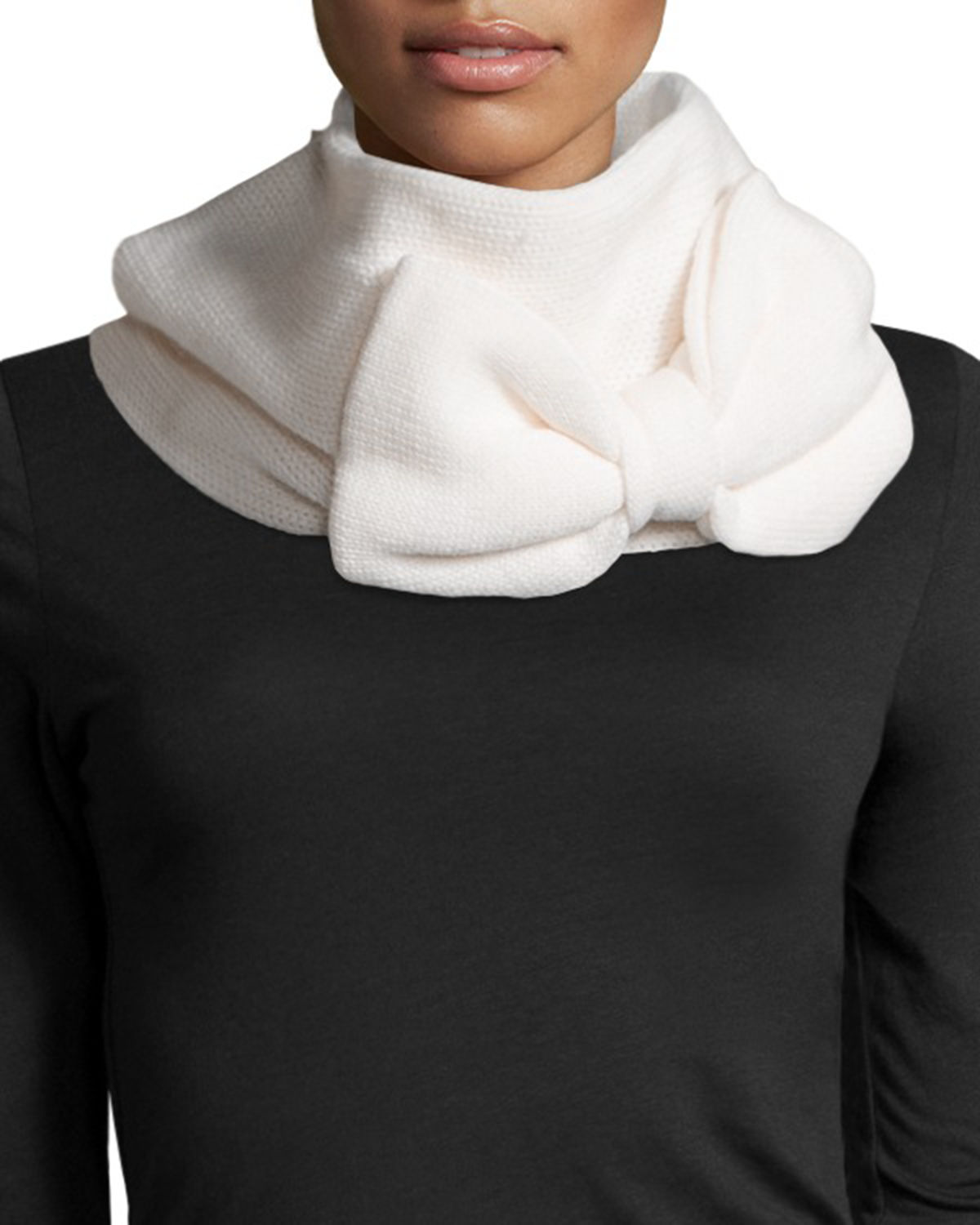
The first step is to choose your yarn. Here, you have numerous options, from the traditional wool, to synthetic blends, or even natural fibers like cotton or bamboo. The weight and texture of the yarn you select will greatly influence the final look and feel of your scarf.
Next, you'll want to determine your gauge. This refers to the number of stitches per inch you'll be working with. A looser gauge will result in a lighter, more open-weave scarf, while a tighter gauge will create a denser, more substantial piece.
Now it's time to start knitting. The basic technique involves making loops of yarn around your fingers, then sliding them off to create a chain of individual knots. By varying the number of fingers you use and the way you arrange the loops, you can create different patterns within your scarf. For example, using three fingers will create a more open-weave pattern, while using four or five fingers will produce a tighter, more traditional-looking scarf.
As you become more advanced, you can explore variations on this basic technique, including adding in extra loops for added texture or creating patterns by varying the color of your yarn. The possibilities are nearly endless.
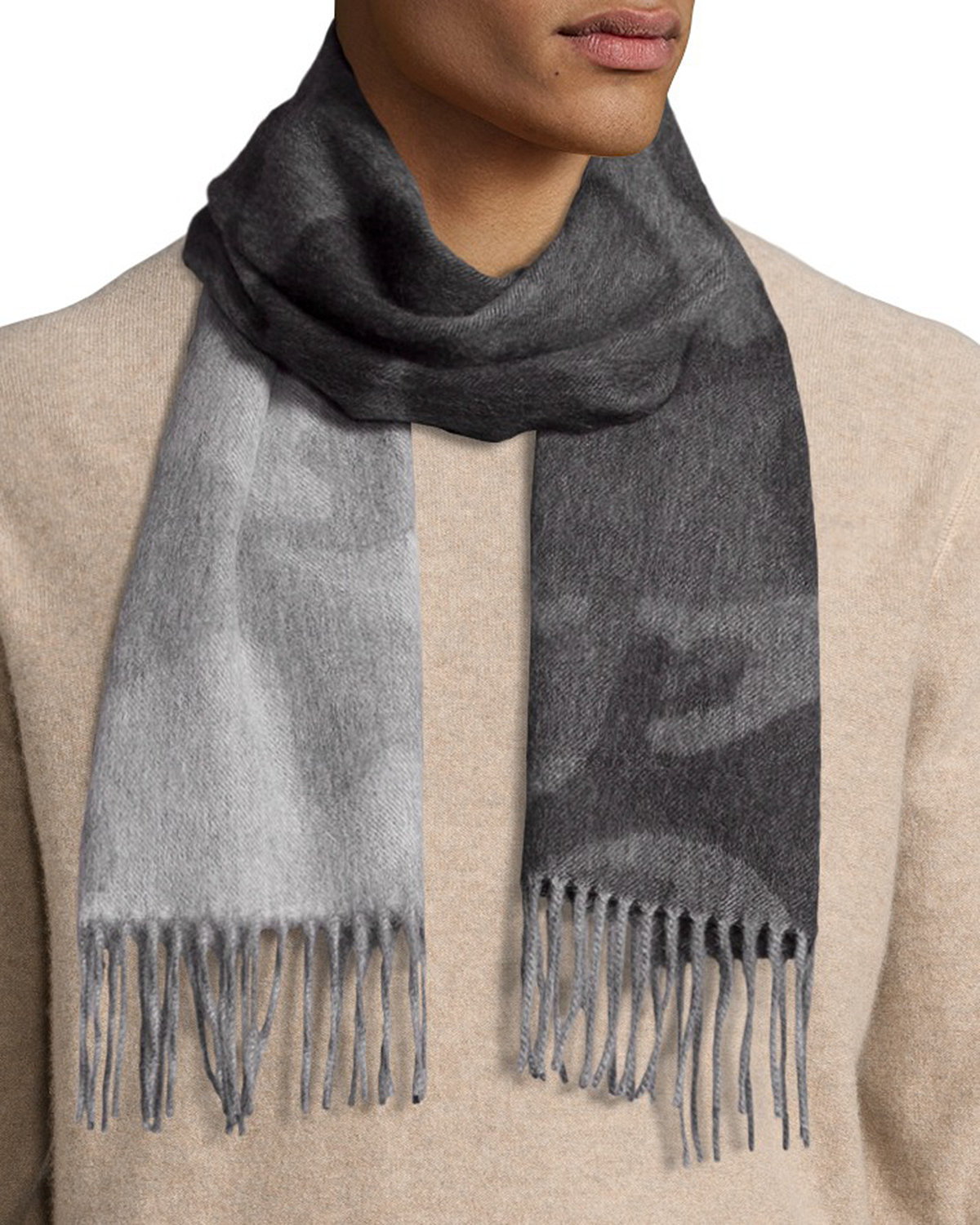
Finally, it's time to finish your scarf. This involves casting off the excess yarn and weaving in the ends. Here again, your hands and fingers can come in handy, as you can use them to tie off the yarn in a secure manner. Take your time with this step, as it can greatly influence the final look of your scarf.
In conclusion, crafting a cobweb scarf is not only a great way to show off your DIY skills, but it's also a fantastic way to enjoy the relaxing benefits of knitting without the need for complex tools. By following these simple steps and putting in a little practice, you'll be well on your way to becoming a scarf-making pro in no time at all. So, grab some yarn and get started on your next handmade project today!
Articles related to the knowledge points of this article:
Title: Mastering the Art of Tie Knots: A Comprehensive Guide to Tie Tying Techniques
Long-term evaluation of womens down jackets
Mastering the Windsor Knot: A Comprehensive Guide to Tying a Tie with a Bowknot
Title: Hermès Silk Scarf Handle Tutorial: Transform Your Handbag Into a Work of Art
